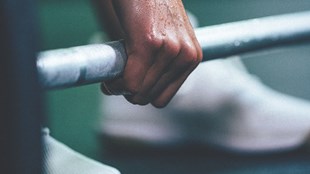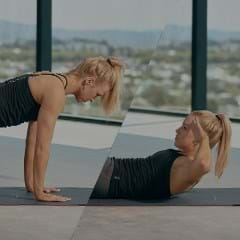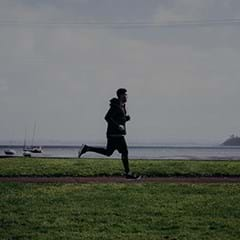If you haven’t cottoned on to the benefits of strength training you’ve clearly been living under a rock. Lifting weights is no longer just the domain of muscle heads; everyone can benefit from the improved muscle tone and calorie burn that comes from strength training – what’s more, it’s great for your bone health. But if your technique is compromised the risk of injury can be very real.
If you want to get the most from your workouts, and minimize the chance of injury, focusing on maintaining neutral neck alignment is key.
Top tips for good neck alignment when lifting:
- If you’re doing a dead lift check your neck alignment is neutral by making sure you have a slight inward curve in your neck and your ears are directly above your shoulders. This means your vertebrae are in the best position to take load.
- During your dead lift avoid poking your head forward. Forward head posture can cause neck pain because the vertebrae aren’t in the position to take the compressive forces created by the downward pull of the weight.
- To achieve the best alignment lift your chest and slightly tuck your chin, and maintain this position throughout the dead lift.
- Maintaining a pinch between the shoulder blades when deadlifting is also an effective way to alleviate pressure in your neck. This keeps tension out of the upper trapezius and means the load is supported lower down in the scapular stabilizers not your neck.
- Doing chest and triceps work on a beach can also lead to poor neck alignment. If your upper back is slightly rounded you may need to overextend our neck to rest your head on the bench. If this is the case place a folded towel under your head and you’ll maintain better overall neck alignment.
- If you’re building core strength with crunches make sure you don’t push your head forward and create excessive neck tension. Keep your chin tucked and your eye line between your knees at the top of the crunch








